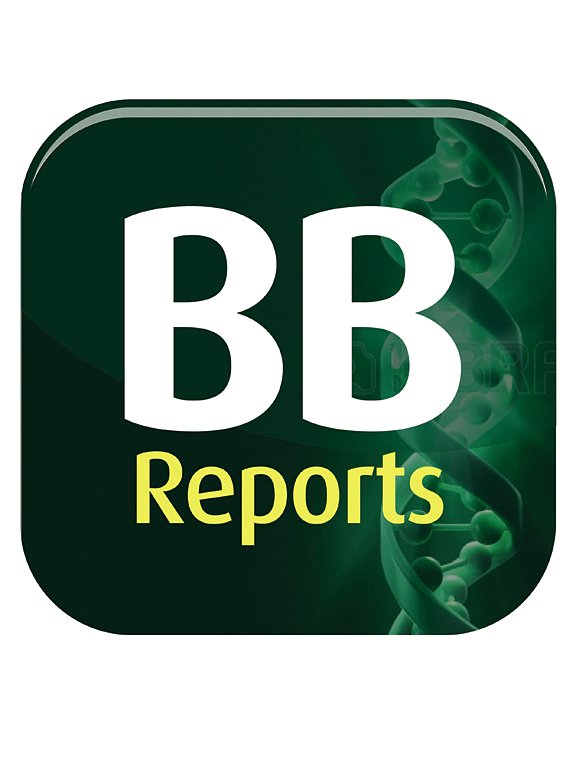The high-risk model associated with SYTL4 predicts poor prognosis and correlates with immune infiltration in AML
IF 2.3
Q3 BIOCHEMISTRY & MOLECULAR BIOLOGY
引用次数: 0
Abstract
Acute myeloid leukemia (AML) currently lacks a definitive cure. Studies have highlighted the involvement of SYTL4 expression levels in neoplasms, yet its specific roles in AML remain unexplored in the literature. Utilizing the TCGA and XENA databases, this study investigated SYTL4 expression levels in AML and identified associations between SYTL4 overexpression and clinicopathological features, prognosis, and immune infiltration in AML patients through genomic analysis. ROC analysis demonstrated the diagnostic value of SYTL4 overexpression in AML. Kaplan-Meier survival, Cox regression, and Lasso analyses were employed to explore SYTL4-coexpressed long non-coding RNAs linked to AML patient prognosis, alongside the construction of nomograms and risk models. SYTL4 expression was significantly elevated in AML and correlated with FAB classification, cytogenetic risk, IDH1 R140 mutation, and NPM1 mutation in cancer patients. SYTL4 overexpression signaled a poor prognosis, serving as a risk indicator for assessing adverse outcomes in AML patients. SYTL4 expression levels also correlated with AML immune cell levels and markers. COX regression analysis revealed that LINC01700, CPNE8-AS1, HOXA10-AS, LINC00899, and SYTL4 influenced adverse AML prognosis. Patients in the high-risk group for these factors experienced significantly poor outcomes, which were closely associated with aDC, CD8 T cells, and TH17 cells. In summary, SYTL4 overexpression is linked to poor prognosis and immune infiltration in AML, with the constructed risk model intended as a prognostic evaluation tool for AML patients.
与SYTL4相关的高危模型预测AML预后不良,并与免疫浸润相关
急性髓性白血病(AML)目前缺乏明确的治疗方法。研究强调了SYTL4表达水平在肿瘤中的参与,但其在AML中的具体作用仍未在文献中探索。本研究利用TCGA和XENA数据库,研究了AML中SYTL4的表达水平,并通过基因组分析确定了SYTL4过表达与AML患者的临床病理特征、预后和免疫浸润之间的关系。ROC分析证实SYTL4过表达在AML中的诊断价值。Kaplan-Meier生存期、Cox回归和Lasso分析被用于探索sytl4共表达的长链非编码rna与AML患者预后的关系,同时构建了nomogram和风险模型。AML患者中SYTL4表达显著升高,与肿瘤患者FAB分型、细胞遗传风险、IDH1 R140突变、NPM1突变相关。SYTL4过表达预示着预后不良,可作为评估AML患者不良结局的风险指标。SYTL4表达水平也与AML免疫细胞水平和标志物相关。COX回归分析显示,LINC01700、CPNE8-AS1、HOXA10-AS、LINC00899和SYTL4影响AML不良预后。这些因素的高危组患者预后明显较差,与aDC、CD8 T细胞和TH17细胞密切相关。综上所述,SYTL4过表达与AML患者预后不良和免疫浸润相关,构建的风险模型有望作为AML患者预后评估工具。
本文章由计算机程序翻译,如有差异,请以英文原文为准。
求助全文
约1分钟内获得全文
求助全文
来源期刊

Biochemistry and Biophysics Reports
Biochemistry, Genetics and Molecular Biology-Biophysics
CiteScore
4.60
自引率
0.00%
发文量
191
审稿时长
59 days
期刊介绍:
Open access, online only, peer-reviewed international journal in the Life Sciences, established in 2014 Biochemistry and Biophysics Reports (BB Reports) publishes original research in all aspects of Biochemistry, Biophysics and related areas like Molecular and Cell Biology. BB Reports welcomes solid though more preliminary, descriptive and small scale results if they have the potential to stimulate and/or contribute to future research, leading to new insights or hypothesis. Primary criteria for acceptance is that the work is original, scientifically and technically sound and provides valuable knowledge to life sciences research. We strongly believe all results deserve to be published and documented for the advancement of science. BB Reports specifically appreciates receiving reports on: Negative results, Replication studies, Reanalysis of previous datasets.
 求助内容:
求助内容: 应助结果提醒方式:
应助结果提醒方式:


